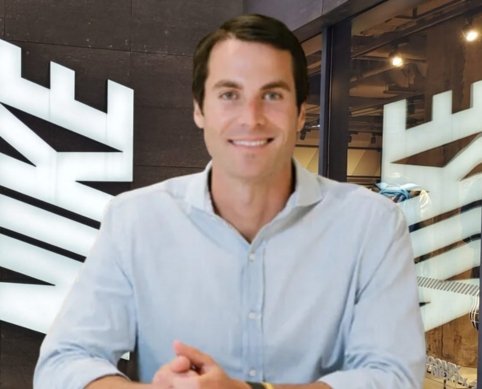Nike held its Q1 2025 earnings call on Tuesday, notably without the presence of either its outgoing CEO, John Donahoe, or incoming CEO, Elliott Hill. However, the company’s CFO, Matthew Friend, stepped in to explain Nike’s challenging quarter and outline plans to prevent further decline amid its leadership transition.
For the three-month period ending on August 31, Nike’s revenue dropped 10% year over year to $11.6 billion. Sales from Nike Direct fell by 13%, digital revenue declined by 20%, and wholesale revenue dipped 8%. However, Nike’s brick-and-mortar stores showed a 1% increase.
Friend, who has been with Nike for over 15 years and has served as CFO since 2020, emphasized that the company is moving “aggressively” to realign its product portfolio, create a better balance in operations, and regain brand momentum through sports. He acknowledged that a comeback of this scale takes time, stating, “While there are some early wins, we have yet to turn the corner.”
Following Nike’s withdrawal of its full-year projection and indefinite postponement of their investor day during Tuesday’s results call, the company’s stock dropped almost 5% on Wednesday morning, according to Fortune.
Turnaround Challenges
Four years after his retirement, Elliott Hill is set to return to Nike on October 14 as the president and CEO, the company announced on September 19. Hill, who worked at Nike for 32 years, held various leadership roles, including president of its consumer and marketplace business units and overseeing commercial and marketing operations for both Nike and the Jordan brand.
However, both Hill and CFO Matthew Friend face several challenges in their efforts to turn the company around. David Swartz, a senior equity analyst at Morningstar Research Services, highlighted issues such as increasing competition, reduced shelf space with key partners, a lack of fresh products, and broader economic difficulties.
“Nike has become less competitive in the running shoe market after pulling its products from too many stores,” Swartz explained. Meanwhile, competitors have introduced high-quality products that have performed well. Nike has been reducing its supply of certain footwear styles to boost pricing, but this has created a gap in its lineup.
Swartz added that this issue cannot be resolved quickly, particularly as demand remains weak in key markets like China, North America, and Europe. Another hurdle is the rising popularity of “terrace”-“-style shoes, where Adidas holds a stronger position despite Nike offering similar products.
‘Returning to the Good Old Days’
John Donahoe, who has served as Nike’s CEO since 2020, will transition to a full-time non-executive role until his retirement on January 31. During his tenure, Nike faced significant challenges, including the first-ever reduction in its revenue forecast in December 2023, as reported by Fortune’s Phil Wahba. In June, the company further cut its revenue projections, resulting in the largest stock decline in its history and wiping $24 billion off its market capitalization.
